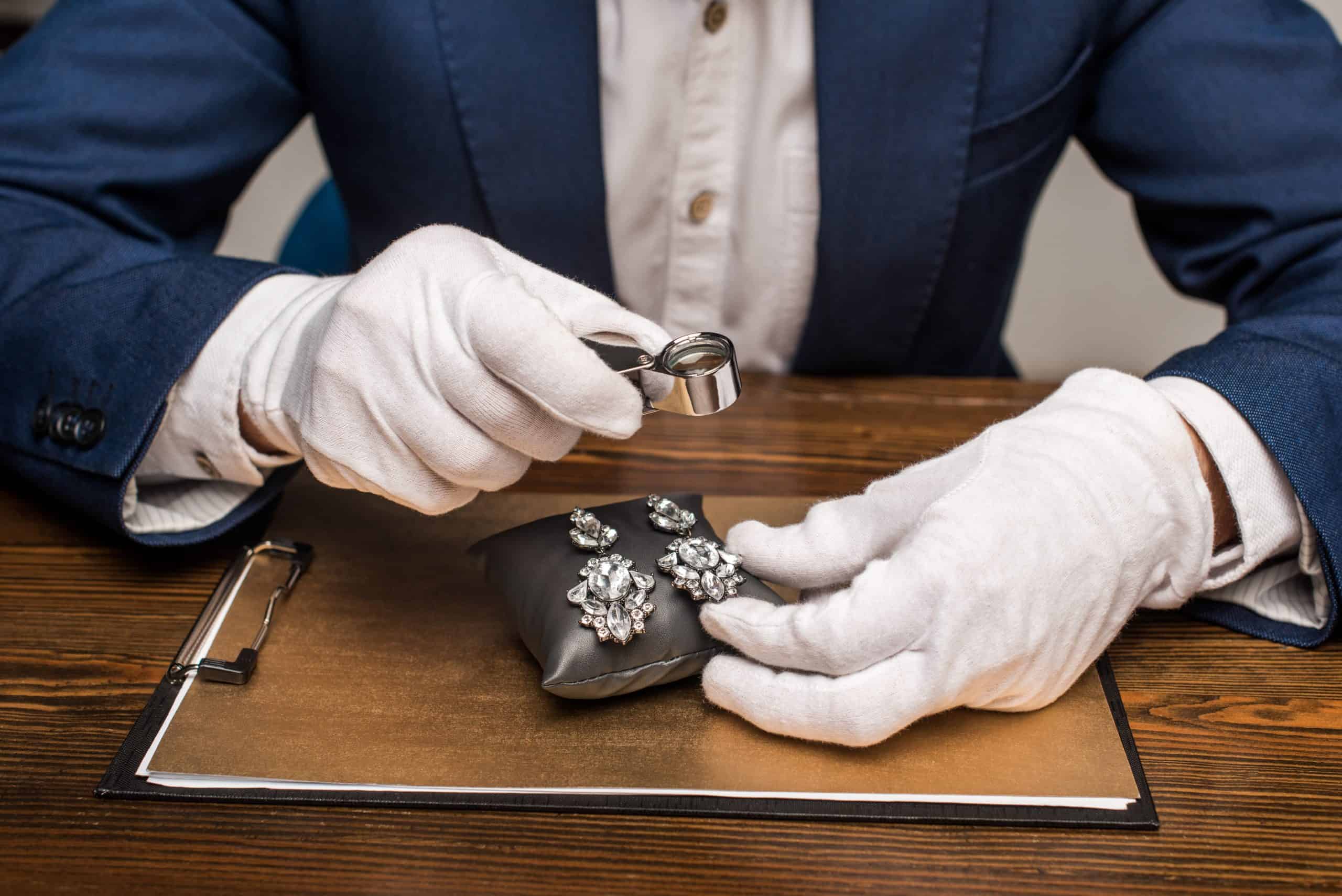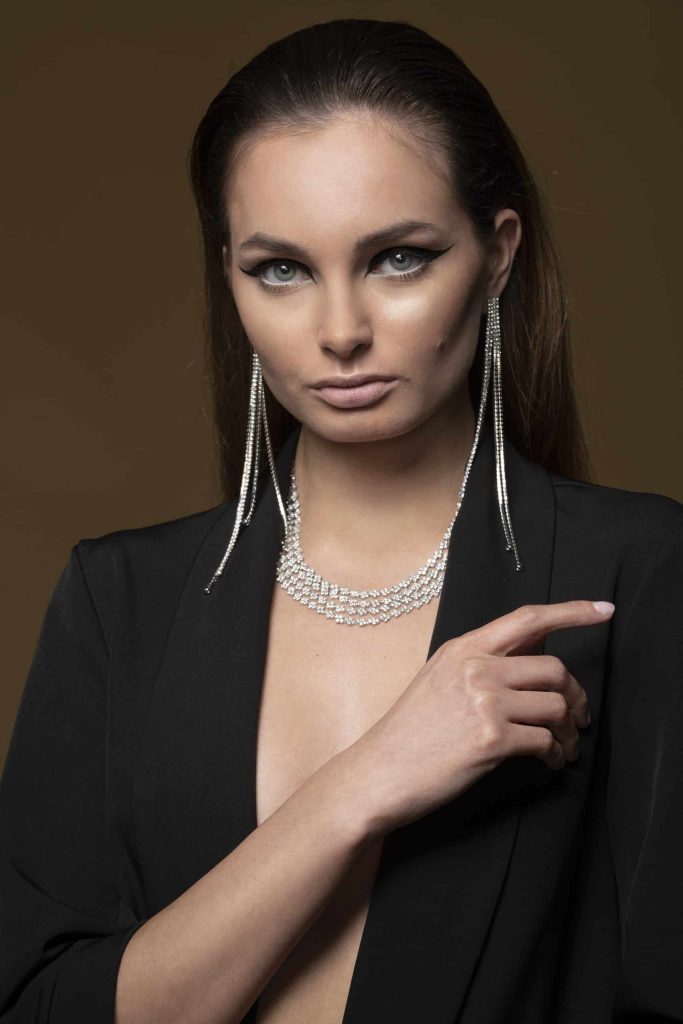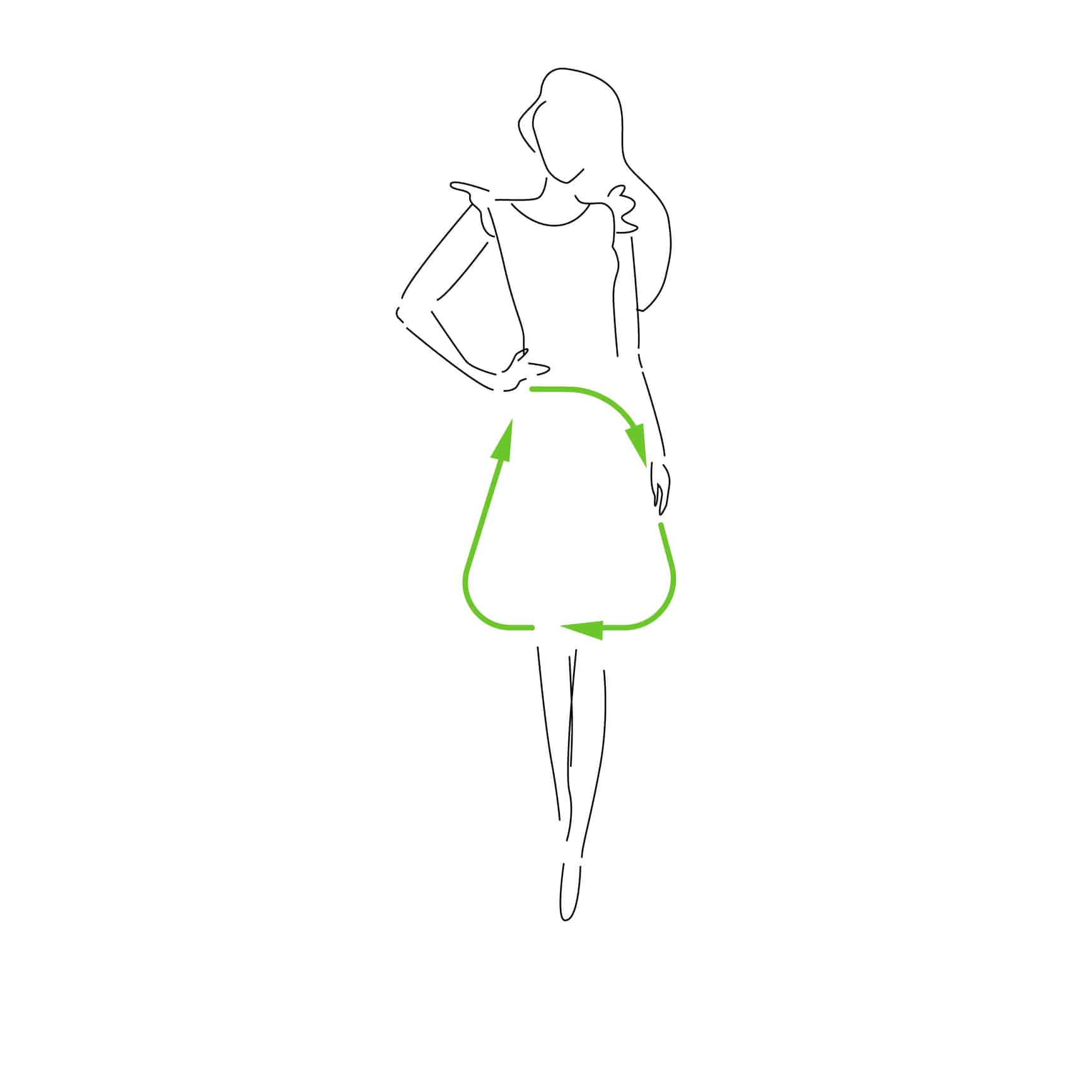How you dress says a lot about your personality. Jewellery is more than just an accessory for many people; it is an extension of their identity and a reflection of their character. You can’t deny how much fun it is to throw on a statement necklace or some big, flashy earrings. Trends come and go very rapidly. However, because of the particular place it has in the hearts of those who wear and admire it, fine jewellery will never go out of style.
From its definition and history to its many advantages, this article will shed some light on fine jewellery.
Statement pieces in fine jewellery are always crafted from precious metals and stones, such as gold, silver, platinum, and diamonds. It uses genuine and pricy jewels like diamonds, rubies, emeralds, and so on, setting it apart from costume jewellery. Since fine jewellery is built to last, it may be worn daily to add a touch of class to any outfit.

Fine jewellery has been around for at least 25,000 years. Jewels of gold, diamond, platinum, and silver, along with precious gemstones, were amongst the first to be crafted by humans. The importance of stones, however, has remained constant over the ages. Many people today still hold on to traditional ideas about gems, including those that attribute healing or therapeutic properties to them and those that suggest that they may be used to guarantee a wealthy and comfortable lifestyle for one’s family. Gemstones such as emeralds, sapphires, rubies, and others were considered royal property during the time of the Roman Emperors. Putting on a piece of fine jewellery is still seen as a sign of respect and wealth.
All gemstones are unique and beautiful in their distinct ways, and each one conveys a personal message to the person who wears them. Modern jewellers still look to jewellery’s glorious past for inspiration when trying to create a provocative fashion statement with their designs. This is because jewellery has a long and storeyed history.
Fine jewellery complements every ensemble. It goes well with everything, and if you’re missing anything from your ensemble, this will be it. Gemstones or precious metal jewellery can make a bold fashion statement on its own.
If you want to feel elegant and unstoppable, there is nothing better than accessorising with a dazzling diamond necklace and a diamond tennis bracelet to round off your look. These diamond accessories are sure to make you feel like royalty.
Although fine jewellery is often more pricy than fashion jewellery, it does not always need to break the bank. You may also be able to get more reasonably priced items, particularly if you choose second-hand jewellery or pieces made of lower-karat gold.

Because of the high-quality materials utilised, fine jewellery is exceptionally durable. It will endure a lifetime and could be passed on from generation to generation without losing value.
Undoubtedly, wearing fine jewellery comes with a variety of advantages. Even though it is designed to last for a longer period, it is also capable of being scaled down or remade. Fine jewellery, because of its superior craftsmanship and ability to retain its beauty over time, is often passed down from one generation to the next.
Rings made of gold, silver, or platinum, on the other hand, may be resized with only a small amount of work throughout their lives. Investing in fine jewellery is advantageous for several reasons, one of which is the asset’s potential to maintain or even increase its value over time. A piece of exquisite jewellery may be passed down through the generations as a treasured heirloom.
Fashion jewellery, sometimes known as “costume jewellery,” will not last long in comparison to fine jewellery. Non-precious metals (or other materials) and imitated gemstones are commonly used to create fashion jewellery (such as glass or crystal). Gold-plated jewellery is generally referred to as “fashion jewellery” because it is made of base metals like copper, brass, or aluminium, with a thin gold coating placed on top. The gold coating will ultimately wear away, requiring the piece to be replated. Inexpensive costume jewellery is prone to fracture and, due to the materials used, is frequently unfixable since it cannot tolerate heat. Most costume jewellery is regretfully discarded, adding to the 350,000 tonnes of fast fashion transported to UK landfills each year. Dumping in landfills is a major concern for environmentalists today.
To prevent any skin irritations or allergic reactions, it is important to thoroughly clean your jewellery before putting it away. We don’t want dirt to tarnish our precious stones. It can also cause scratches on their surfaces.
You can clean and polish your jewellery every few weeks. However, you must exercise caution not to over-polish. This can cause the metal to erode faster.
When cleaning pearl jewellery, you should use extreme caution. While washing it with soapy water, you must exercise extreme caution with the temperature. Surfaces can be damaged by water that is too hot or too cold. Pearls should also be cleaned more carefully.
If you want to use a specialised jewellery cleaning solution, do some research and get one that is strongly recommended. You may also take exceptional pieces to a jeweller regularly for cleaning.
Jewellery made of gold or silver may be safely stored in cotton bags because they enable the metals to breathe while still retaining moisture. Diamonds can be kept in a secure location, such as a box. Keep in mind that storing them with other items may cause damage to the finish. Gemstones such as rubies, sapphires, and emeralds fall within this category.
Pearls should be kept in a soft linen towel to prevent other jewellery from scratching them. The necessity for moisture to avoid breaking makes it imperative that they not be stored in airtight containers. To avoid scratching your pearls, keep them in velvet or velveteen pouches.
Also, keep these diamonds away from temperatures that are hot and humid.
Examine your wardrobe or cabinet to see if you can clear out one drawer and use it solely for jewellery storage. You may put your jewellery in the closet separately; this will keep the surfaces from becoming too cluttered.
Make sure you buy your jewellery from a reputable and well-established retailer. Before making a purchase, it is critical to conduct a background check on the brand and study the reviews, suggestions, and basic certifications. Credibility, as well as the number of years in the market, are essential considerations here. The consumer should read all of the testimonials since it offers a better understanding of the brand.
Fine jewellery can take the form of anything from a ring or earrings to a necklace or bracelet, or even an anklet. From the mining of precious stones to the crafting of precious metals, fine jewellery speaks a language of beauty of its own. Even though people desire them, some stones and metals, including diamonds and sapphires, are just out of their price range due to their hefty pricing. Since jewellery made from stones is admired for its visual appeal, if you give it meaning and energy, it may have deeper meaning and power for you as well.
| Cookie | Duration | Description |
|---|---|---|
| cookielawinfo-checbox-analytics | 11 months | This cookie is set by GDPR Cookie Consent plugin. The cookie is used to store the user consent for the cookies in the category "Analytics". |
| cookielawinfo-checbox-functional | 11 months | The cookie is set by GDPR cookie consent to record the user consent for the cookies in the category "Functional". |
| cookielawinfo-checbox-others | 11 months | This cookie is set by GDPR Cookie Consent plugin. The cookie is used to store the user consent for the cookies in the category "Other. |
| cookielawinfo-checkbox-necessary | 11 months | This cookie is set by GDPR Cookie Consent plugin. The cookies is used to store the user consent for the cookies in the category "Necessary". |
| cookielawinfo-checkbox-performance | 11 months | This cookie is set by GDPR Cookie Consent plugin. The cookie is used to store the user consent for the cookies in the category "Performance". |
| viewed_cookie_policy | 11 months | The cookie is set by the GDPR Cookie Consent plugin and is used to store whether or not user has consented to the use of cookies. It does not store any personal data. |
Create your free account and begin your sustainability journey.

